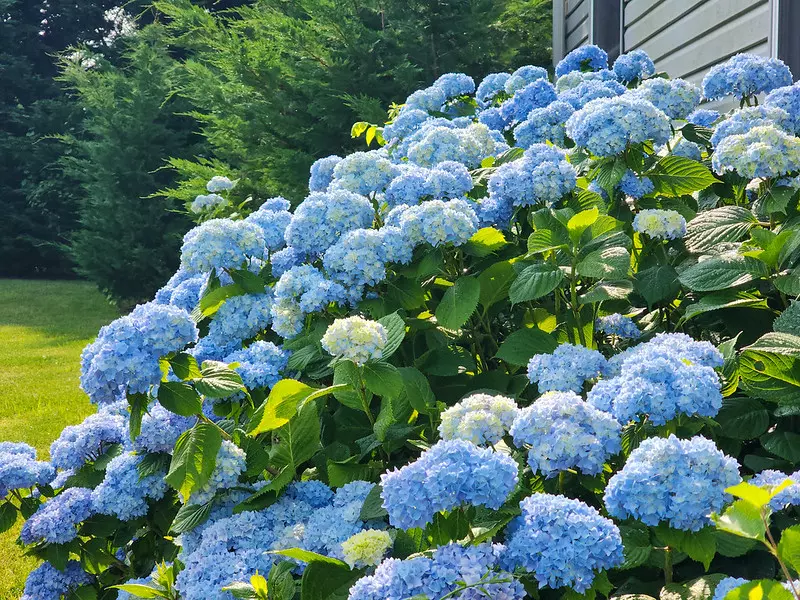
Top 10 Florida Nurseries for Hydrangeas
Discover the top 10 nurseries in Florida offering a wide range of hydrangeas. Learn about their offerings, locations, and what makes them standout for hydrangea lovers.
Read MoreHydrangeas are a favourite among gardeners for their lush foliage and stunning flowers. However, in the Southeastern United States, the hot summers, high humidity, and occasional droughts can make hydrangea care challenging. Selecting the right hydrangea variety for the region is crucial to ensure healthy, long-lasting blooms.
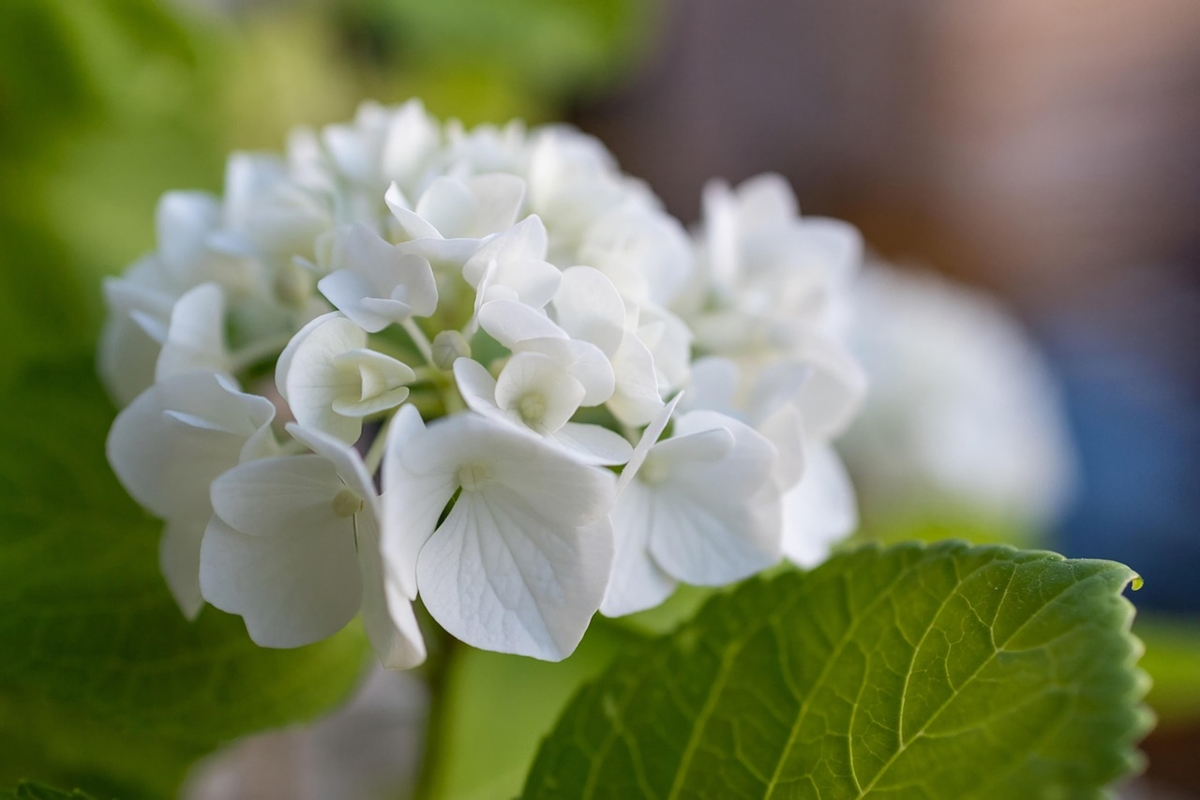
Growing hydrangeas in the Southeastern United States presents unique challenges due to the region’s climate and soil conditions. While hydrangeas are known for their lush blooms and adaptability, the intense heat, high humidity, variable soil types, and unpredictable weather patterns of the Southeast can make cultivation more demanding. Understanding these challenges and how to mitigate them is key to ensuring healthy and thriving hydrangeas.
The Southeastern US experiences long, hot summers with temperatures often exceeding 32°C (90°F). Many hydrangea varieties, particularly Hydrangea macrophylla (Bigleaf Hydrangea), struggle with excessive heat, leading to:
Solution: Plant hydrangeas in locations with morning sun and afternoon shade. Applying a thick layer of mulch (5-7 cm) around the base helps retain soil moisture and keep roots cool.
The warm, humid climate of the Southeast creates the perfect conditions for fungal diseases such as powdery mildew, leaf spot, and botrytis blight. These issues are particularly prevalent in dense plantings where air circulation is poor.
Solution: Ensure proper spacing between plants to improve airflow and avoid overhead watering, which promotes fungal growth. Use organic fungicides, such as neem oil or copper-based sprays, when necessary.
The Southeastern US has a mix of clay-heavy, sandy, and loamy soils, all of which can present different challenges for hydrangea growth.
Solution: Amending soil with organic matter (compost, peat moss, or pine bark) improves both drainage and moisture retention. Testing soil pH is also essential, as hydrangeas prefer slightly acidic to neutral conditions (pH 5.5-6.5).
Although the Southeast generally receives ample rainfall, periods of drought can be common, particularly in late summer. Hydrangeas are water-dependent plants and suffer quickly from dehydration.
Solution: Use a drip irrigation system or soaker hoses to maintain consistent soil moisture without overwatering. Mulching also helps to reduce evaporation and keep soil cool.
The Southeastern US is prone to heavy rainfall, tropical storms, and even hurricanes, all of which can damage delicate hydrangea stems and blooms.
Solution: Provide support structures such as stakes for taller varieties like Hydrangea paniculata. Before extreme weather, apply extra mulch and, if necessary, use frost covers to protect plants.
Several pests thrive in the warm Southeastern climate and can cause significant damage to hydrangeas. Common culprits include:
Solution: Introduce natural predators such as ladybirds for aphid control, and use neem oil or insecticidal soap for severe infestations. Handpicking Japanese beetles in the early morning can also reduce their numbers.
Pruning mistakes are a common issue for hydrangea growers in the Southeast. Different hydrangea species have specific pruning requirements, and cutting at the wrong time can lead to a lack of blooms.
Solution: Identify your hydrangea type before pruning and only remove dead or weak stems at the appropriate time.
Despite the challenges of growing hydrangeas in the Southeastern US, proper site selection, soil amendments, irrigation techniques, and disease prevention strategies can help overcome these difficulties. By understanding the specific needs of different hydrangea varieties and adjusting care practices accordingly, gardeners can enjoy healthy, vibrant blooms even in the region’s demanding climate.
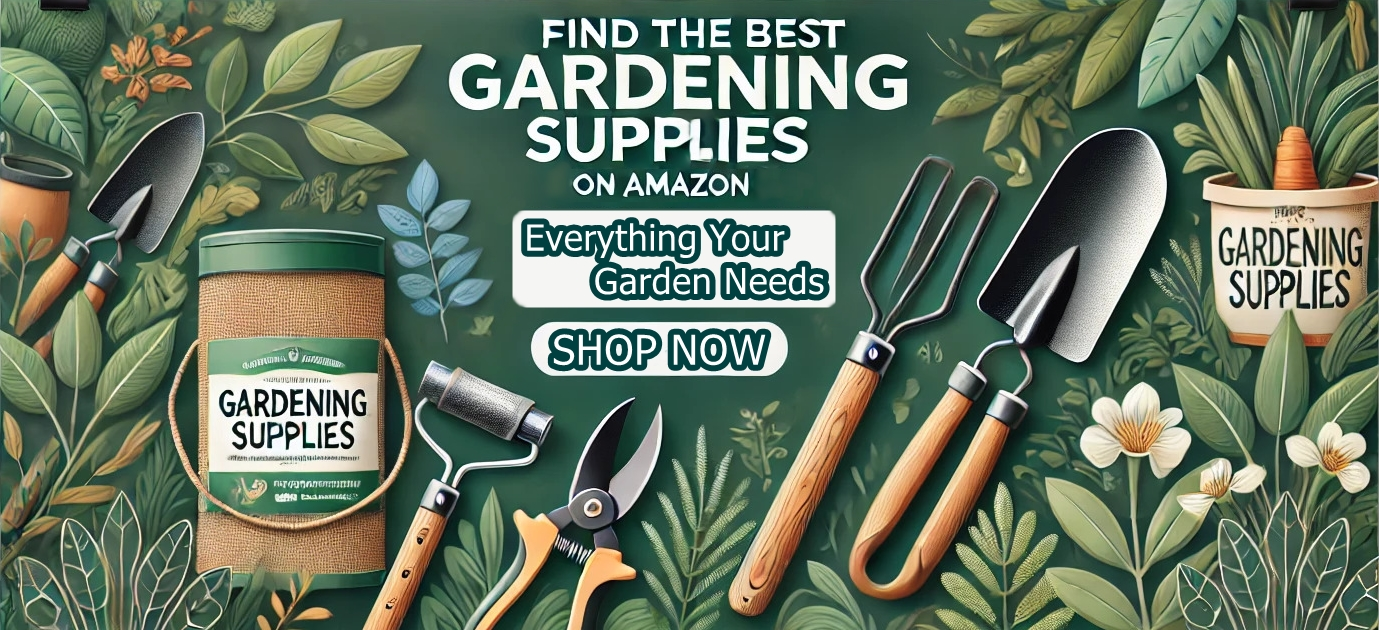
The Bigleaf Hydrangea (Hydrangea macrophylla) is one of the most popular and widely cultivated hydrangea species, prized for its large, vibrant blooms and lush foliage. Native to Japan, this hydrangea variety is particularly favoured in gardens across the Southeastern United States due to its showy flowers and adaptability to mild winters and warm summers.
Bigleaf hydrangeas are unique in that their flower colour is influenced by soil pH. In acidic soils (pH below 6.0), they produce blue flowers, while in alkaline soils (pH above 7.0), they bloom in pink. This characteristic makes them especially appealing to gardeners looking for a versatile and dynamic landscape plant.
This species thrives in partial shade, where it receives morning sunlight but is protected from the harsh afternoon heat. While it can tolerate full sun in cooler regions, excessive exposure to direct sunlight in the Southeastern US can lead to leaf scorch and wilt.
Bigleaf hydrangeas prefer rich, well-draining soil with high organic content. To maintain soil moisture and regulate temperature, it is beneficial to apply a thick layer of mulch around the base. Proper watering is also crucial, as these hydrangeas are highly susceptible to drought stress. The soil should be kept consistently moist but not waterlogged, as excessive water retention can lead to root rot.
Blooming from late spring to early summer, Bigleaf Hydrangeas produce large mophead or lacecap flowers. The two primary flower forms include:
Gardeners looking to control the flower colour can do so by adjusting soil pH:
One of the most famous Bigleaf Hydrangeas, ‘Endless Summer’ is a reblooming variety that flowers on both old and new wood, ensuring continuous blooms throughout the growing season. It is known for its exceptional cold hardiness and ability to thrive in both acidic and alkaline soils.
A classic mophead hydrangea, ‘Nikko Blue’ produces intense blue flowers in acidic soils and is highly valued for its large, abundant blooms. This variety prefers shade in the afternoon to prevent leaf scorch and performs best with regular watering.
This elegant cultivar features creamy white blooms that gradually develop a soft pink or blue hue depending on soil pH. It is another excellent reblooming hydrangea, offering long-lasting colour throughout summer.
Pruning Bigleaf Hydrangeas requires special attention, as they bloom on old wood. Improper pruning can remove the developing flower buds, resulting in a lack of blooms the following season. The best approach is to:
Although Bigleaf Hydrangeas are relatively low-maintenance, they are susceptible to several environmental and pest issues:
These symptoms are often caused by excessive heat and direct sunlight. To prevent wilting:
High humidity in the Southeastern US can lead to fungal problems such as powdery mildew and leaf spot. To reduce disease risk:
Several factors can cause Bigleaf Hydrangeas to stop blooming, including:
To encourage blooming, use a balanced fertiliser (such as 10-10-10) and protect plants from late frosts with a cover.
The Bigleaf Hydrangea (Hydrangea macrophylla) remains a garden favourite for its stunning floral displays and colour-changing ability. By providing the right soil conditions, adequate moisture, and proper pruning techniques, gardeners in the Southeastern US can enjoy healthy, long-lasting blooms. For a more in-depth guide on caring for Hydrangea macrophylla, visit this detailed care guide.
The Oakleaf Hydrangea (Hydrangea quercifolia) is a unique and highly resilient hydrangea species native to the Southeastern United States. Unlike its more common relatives, this variety is particularly valued for its distinctive oak-shaped foliage, cone-shaped flower clusters, and stunning autumn colour. It is one of the best choices for gardeners in warm climates due to its high drought tolerance and adaptability to various soil types.
In addition to its summer floral display, the Oakleaf Hydrangea provides multi-seasonal interest, with its deep red, orange, and purple foliage in autumn and attractive peeling bark in winter. It is a fantastic choice for naturalistic gardens, woodland settings, and foundation plantings.
One of the biggest advantages of the Oakleaf Hydrangea is its ability to thrive in a range of conditions. It can grow in both full sun and partial shade, though in the Southeastern US, it performs best with morning sun and afternoon shade to prevent leaf scorch during the hottest months.
This hydrangea prefers well-draining soil but can tolerate a variety of soil types, including clay, loam, and sandy soil. It is more drought-resistant than many other hydrangea species, making it an excellent choice for gardens with irregular rainfall patterns.
Blooming from early to mid-summer, Oakleaf Hydrangeas produce large, cone-shaped panicles of creamy white flowers, which gradually turn pink or deep burgundy as they mature. This colour transformation extends their visual appeal well into late summer and early autumn.
In addition to their beautiful blooms, these hydrangeas stand out in autumn, when their large, deeply lobed leaves shift from green to vibrant red, orange, and purple. This stunning fall foliage makes them an exceptional choice for landscape designs that emphasise year-round beauty.
This cultivar is known for its upright growth habit and large, pure white flower panicles, which age gracefully into soft pink. It has a compact structure, making it ideal for smaller gardens.
With a more compact growth habit, ‘Ruby Slippers’ is an excellent choice for small spaces. Its flowers emerge creamy white and quickly transition to deep pink or red as they mature, offering a dynamic colour change.
One of the larger cultivars, ‘Alice’ produces impressive flower panicles up to 12 inches long. It is perfect for those looking for a bold, eye-catching specimen plant.
Oakleaf Hydrangeas can be propagated through various methods, including softwood cuttings, hardwood cuttings, and layering. For a detailed guide on how to propagate this hydrangea species successfully, visit this propagation guide.
Unlike some hydrangeas that require regular pruning, Oakleaf Hydrangeas are relatively low-maintenance in this regard. Since they bloom on old wood, heavy pruning should be avoided to prevent loss of flowers. Instead:
Oakleaf Hydrangeas pair beautifully with a variety of plants that complement their seasonal interest and growth habit. Good companion plants include:
For more inspiration on ideal companion plants, check out this companion planting guide.
While more drought-tolerant than other hydrangeas, prolonged dry periods can still cause leaf wilting and reduced flower production. To prevent drought stress:
In high-humidity environments, fungal diseases such as powdery mildew and leaf spot can become problematic. To reduce disease risk:
If an Oakleaf Hydrangea is not blooming, the cause is often improper pruning or late frosts. To encourage flowering:
The Oakleaf Hydrangea is a versatile and resilient shrub that brings year-round interest to any garden. With its striking flowers, autumn foliage, and winter bark appeal, it is a must-have for gardeners in the Southeastern US. Whether used as a focal point or part of a larger landscape design, this hydrangea species offers beauty, adaptability, and ease of care. For a complete guide on Oakleaf Hydrangea care, visit this detailed care guide.
The Panicle Hydrangea (Hydrangea paniculata) is one of the most versatile and sun-tolerant hydrangea varieties, making it an excellent choice for gardeners in the Southeastern United States. Unlike many other hydrangeas that require shade, Panicle Hydrangeas can thrive in full sun and are more resistant to heat and drought.
Known for their large, conical flower panicles, these hydrangeas bloom in midsummer and continue to provide interest into early autumn. Their flowers start off as creamy white and gradually transition to soft pink, deep rose, or even red as they mature, depending on the variety. This colour transformation makes them a stunning focal point in any landscape.
For a complete care guide on Hydrangea paniculata, visit this detailed guide.
One of the most adaptable hydrangea species, Panicle Hydrangeas thrive in a wide range of conditions. They prefer well-draining soil and can tolerate both full sun and partial shade. However, in hotter regions, providing some afternoon shade can help prevent excessive drying.
Unlike Bigleaf Hydrangeas, which require constant moisture, Panicle Hydrangeas are more drought-tolerant once established. Regular watering is still essential, especially during their first growing season, but they generally require less maintenance than other hydrangea species.
Panicle Hydrangeas bloom from midsummer to early autumn, providing long-lasting floral displays. Their flowers are formed in dense, cone-shaped clusters that can grow up to 12 inches long.
Unlike Bigleaf Hydrangeas, which change colour based on soil pH, Panicle Hydrangeas' flower colour naturally transitions from white to pink as they age. This colour shift creates an elegant and ever-changing visual effect in the garden.
One of the most popular Panicle Hydrangea varieties, ‘Limelight’ is known for its chartreuse-green flowers that fade to pink and deep red in autumn. It has a strong, upright growth habit and is perfect for creating bold landscape statements.
A compact, dwarf variety of ‘Limelight’, ‘Little Lime’ offers the same stunning colour transition but in a more manageable size (3-5 feet tall). It is perfect for small gardens, containers, and foundation plantings.
Short for Paniculata Grandiflora, ‘PeeGee’ is a classic variety with large, cascading flower clusters that develop pink tones as they age. It is a fast-growing hydrangea and can even be trained into a small tree form.
Unlike many other hydrangeas, Panicle Hydrangeas bloom on new wood, meaning they can be pruned in late winter or early spring without sacrificing blooms. Proper pruning encourages stronger growth and larger flower clusters.
Panicle Hydrangeas pair well with a variety of plants that enhance their structure and seasonal interest. Ideal companion plants include:
Although Panicle Hydrangeas are more drought-tolerant than other hydrangeas, prolonged periods of high heat can still cause wilting. To prevent excessive drying:
Some Panicle Hydrangeas, especially those with larger blooms, may have weak stems that cause flowers to droop. To keep plants upright:
If a Panicle Hydrangea is not blooming, the cause is usually:
To encourage blooming, use a balanced fertiliser with phosphorus (such as 10-10-10) and ensure the plant receives enough sunlight.
The Panicle Hydrangea is an exceptional choice for gardeners seeking a low-maintenance, sun-tolerant hydrangea with long-lasting blooms. With its ability to thrive in various conditions, stunning colour transitions, and ease of pruning, it is one of the most versatile and rewarding hydrangea species. For more details on growing Hydrangea paniculata, visit this comprehensive care guide.
The Smooth Hydrangea (Hydrangea arborescens) is a resilient, heat- and humidity-tolerant hydrangea species native to the eastern United States. Unlike its cousins, which often require cooler climates, Smooth Hydrangea thrives in hot and humid conditions, making it an excellent choice for gardens in the Southeastern US.
This variety is well known for its large, round flower heads, which typically appear in late spring and persist into summer. While its natural flower colour is white, newer cultivars have introduced shades of soft pink. The flowers contrast beautifully with the plant’s lush green foliage, making it a favourite for both formal and naturalistic garden settings.
For a complete care guide on Hydrangea arborescens, visit this detailed guide.
Smooth Hydrangeas are highly adaptable and can thrive in a range of conditions. While they prefer partial shade, they can also tolerate full sun if provided with adequate moisture. However, in the Southeastern US, some afternoon shade is beneficial to prevent excessive drying.
These hydrangeas grow best in moist, well-draining soil but are highly adaptable to different soil types, including clay, loam, and sandy soils. They are more drought-tolerant than Bigleaf Hydrangeas, but regular watering is still essential, especially in extended dry periods.
Blooming from late spring to summer, Smooth Hydrangeas produce large, domed flower clusters that can grow up to 12 inches in diameter. The most common bloom colour is creamy white, though some cultivars offer soft pink hues.
Unlike Bigleaf Hydrangeas, Smooth Hydrangeas bloom on new wood, meaning they will flower reliably each year, regardless of late frosts or pruning mistakes. This makes them an excellent choice for gardeners who want consistent and predictable blooms.
Perhaps the most famous Smooth Hydrangea cultivar, ‘Annabelle’ produces massive, pure white flower heads that can reach up to 12 inches across. It is a vigorous grower and looks stunning in both mixed borders and mass plantings.
A modern improvement on ‘Annabelle’, ‘Incrediball’ features extra-large, sturdy blooms and stronger stems that help prevent flopping. Its flowers start as pale green, transition to white, and return to green as they age.
This variety is the first pink-flowered Smooth Hydrangea, offering a unique alternative to traditional white blooms. It provides continuous reblooming throughout the summer and is known for its strong stems and excellent disease resistance.
One of the biggest advantages of Smooth Hydrangeas is that they bloom on new wood, making pruning straightforward and risk-free. The best time to prune is in late winter or early spring before new growth emerges.
Smooth Hydrangeas pair well with a variety of plants that complement their structure and seasonal interest. Ideal companion plants include:
One of the most common issues with Smooth Hydrangeas is weak stems that struggle to support large flower heads. To prevent flopping:
Although more tolerant of dry conditions than some hydrangeas, Smooth Hydrangeas still require regular moisture. To prevent wilting:
High humidity can lead to fungal diseases such as powdery mildew and leaf spot. To reduce disease risk:
The Smooth Hydrangea is an exceptional choice for gardeners seeking a low-maintenance, heat-tolerant, and shade-adaptable hydrangea. With its large, beautiful blooms and ability to thrive in a wide range of conditions, it is one of the most versatile and reliable hydrangea species. For more details on growing Hydrangea arborescens, visit this comprehensive care guide.
The Climbing Hydrangea (Hydrangea anomala subsp. petiolaris) is a unique and versatile hydrangea species known for its ability to climb vertical surfaces such as walls, trellises, arbors, and fences. Unlike other hydrangea varieties, which grow as shrubs, this species uses aerial rootlets to attach itself to surfaces, creating a stunning, cascading effect of lush foliage and delicate blooms.
Highly valued for its shade tolerance, the Climbing Hydrangea thrives in partial to full shade, making it an excellent choice for north-facing walls, woodland gardens, and shaded pergolas. It is also one of the few hydrangea species that can be trained as a ground cover if not provided with a vertical structure to climb.
For a comprehensive guide on growing and maintaining Hydrangea petiolaris, visit this detailed care guide.
Climbing Hydrangeas are slow to establish but once settled, they become vigorous growers, reaching heights of up to 30 to 50 feet (9 to 15 metres) with a spread of 6 to 10 feet (1.8 to 3 metres). Their self-clinging nature makes them ideal for covering large structures, but they can also be supported with trellises for a more controlled growth habit.
These hydrangeas prefer moist, well-draining soil enriched with organic matter. While they can tolerate various soil types, they thrive in slightly acidic to neutral conditions. Regular watering is essential during the first few years, but once established, they become more drought-tolerant compared to other hydrangea species.
Blooming from late spring to summer, Climbing Hydrangeas produce large, lacecap-style flower clusters (also called corymbs) that can measure up to 8 to 10 inches (20 to 25 cm) across. These flowers start as creamy white and gradually age into a soft, parchment-like shade, adding a delicate charm to shaded areas.
Beyond their floral display, Climbing Hydrangeas offer year-round interest:
A variegated cultivar, ‘Miranda’ features green leaves edged with golden-yellow, providing an extra layer of visual interest. This variety is an excellent choice for gardeners seeking a more ornamental climbing hydrangea.
Known for its extra-large flower clusters, ‘Skylands Giant’ offers more abundant and showy blooms compared to the standard species. It is a great option for those looking for a bolder floral display.
Climbing Hydrangeas are low-maintenance once established, but some training and pruning can help maintain their shape and encourage healthy growth:
Climbing Hydrangeas pair beautifully with shade-loving plants that complement their foliage and flowers. Good companion plants include:
Climbing Hydrangeas are known for their slow growth in the first few years, often frustrating gardeners expecting rapid results. To encourage faster establishment:
Young plants may struggle to attach to walls or trellises initially. To help them climb:
If the leaves turn yellow prematurely, it could indicate:
The Climbing Hydrangea is a fantastic choice for gardeners looking to add vertical interest and beauty to shaded spaces. With its self-clinging growth habit, fragrant summer blooms, and stunning winter bark, it offers year-round appeal with minimal maintenance. Whether trained on a wall, fence, or arbor, this hydrangea species brings elegance and structure to any landscape.
For a complete guide on growing Hydrangea petiolaris, visit this detailed care guide.
Choosing the right hydrangea variety for the Southeastern US ensures vibrant blooms and healthy plants. With proper care and selection, these stunning flowers can thrive even in challenging climates.

Discover the top 10 nurseries in Florida offering a wide range of hydrangeas. Learn about their offerings, locations, and what makes them standout for hydrangea lovers.
Read More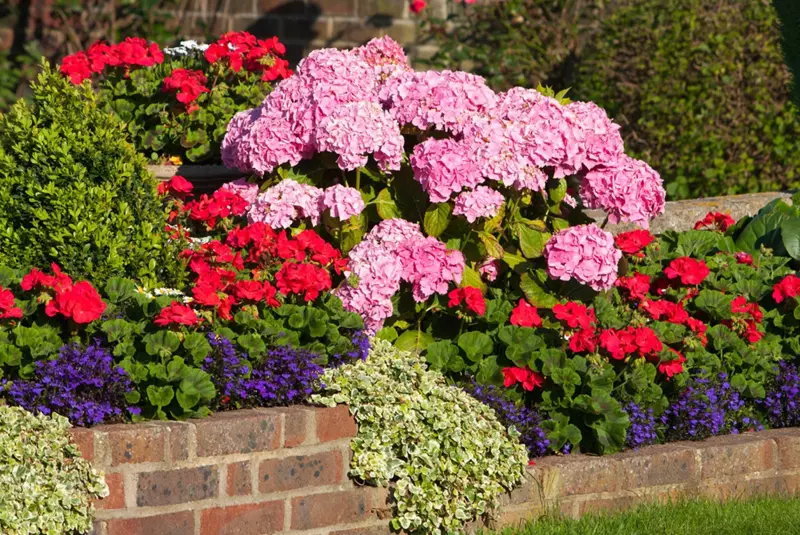
Discover the top 10 hydrangea varieties loved in the USA. Learn about their unique features, care tips, and how they can enhance your garden.
Read More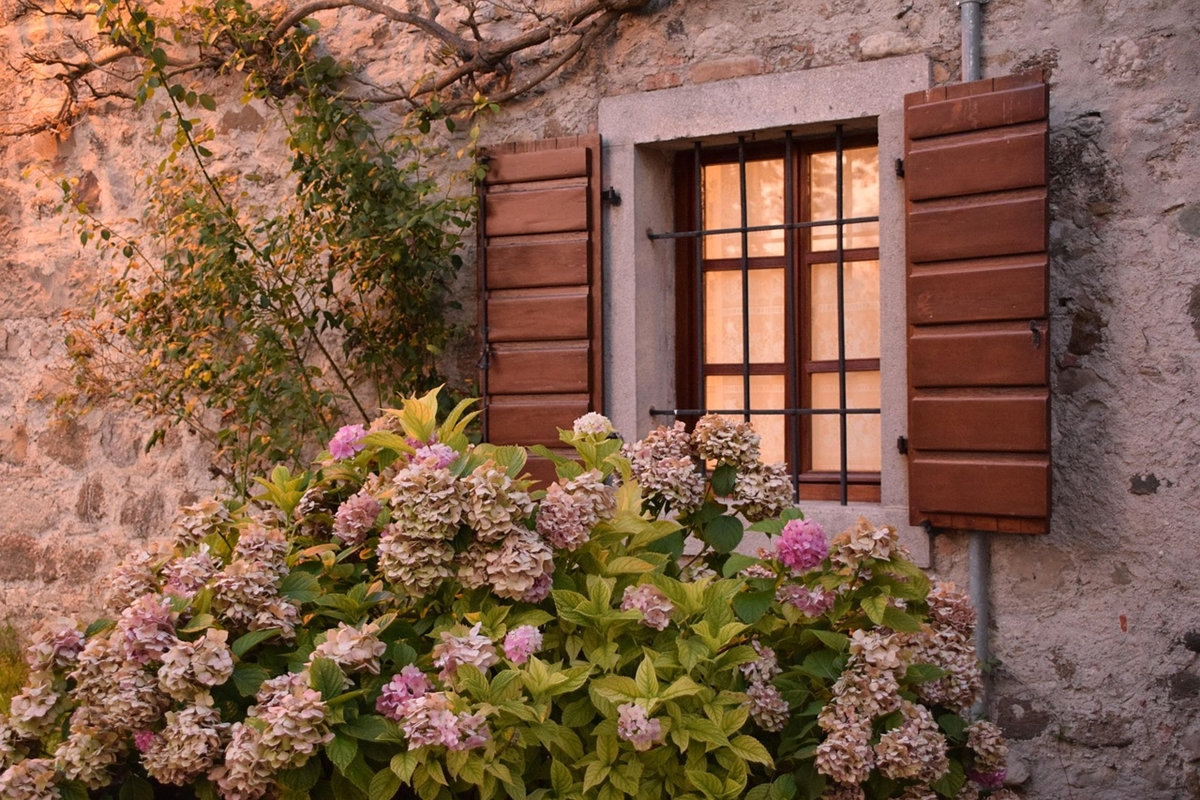
Learn how to grow hydrangeas in Texas heat with expert tips on choosing heat-tolerant varieties, watering strategies, soil preparation, and sun protection for thriving blooms.
Read More